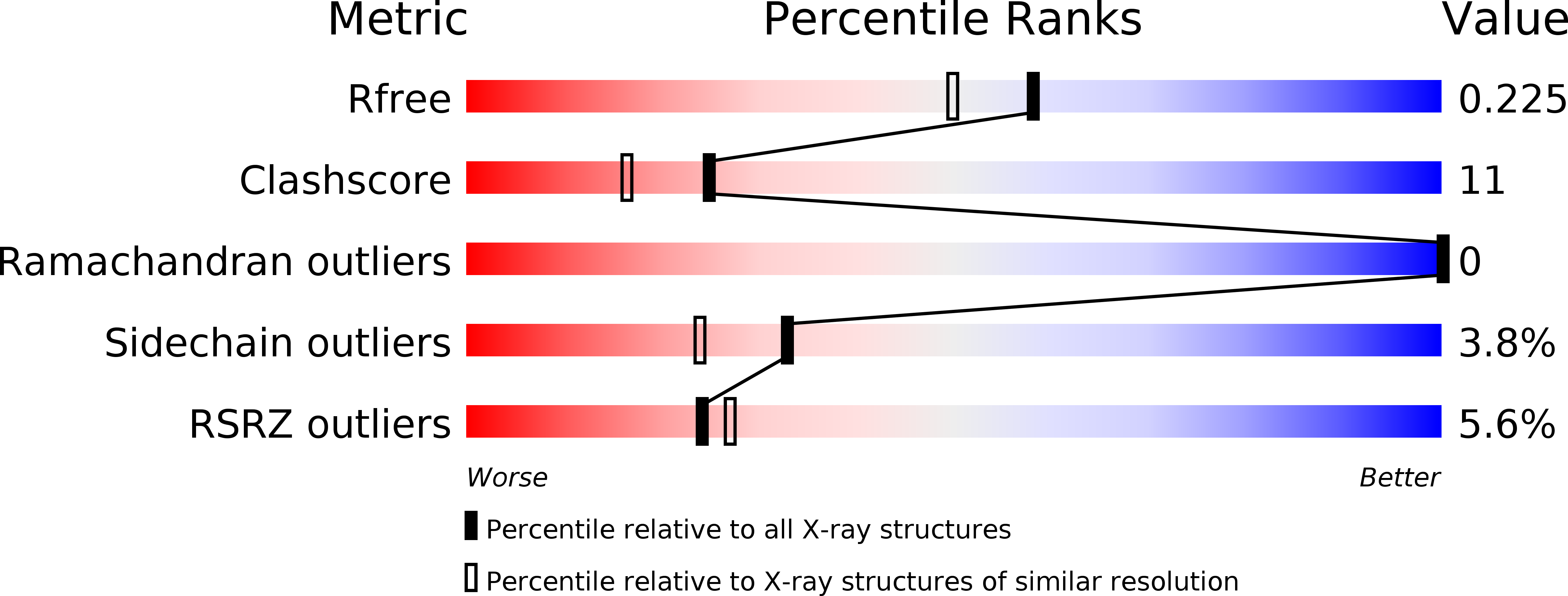
Deposition Date
2012-01-12
Release Date
2012-01-25
Last Version Date
2024-11-20
Entry Detail
PDB ID:
4AEQ
Keywords:
Title:
Crystal structure of the dimeric immunity protein Cmi solved by direct methods (Arcimboldo)
Biological Source:
Source Organism:
ESCHERICHIA COLI (Taxon ID: 83333)
Host Organism:
Method Details:
Experimental Method:
Resolution:
1.89 Å
R-Value Free:
0.22
R-Value Work:
0.20
R-Value Observed:
0.20
Space Group:
C 2 2 21


